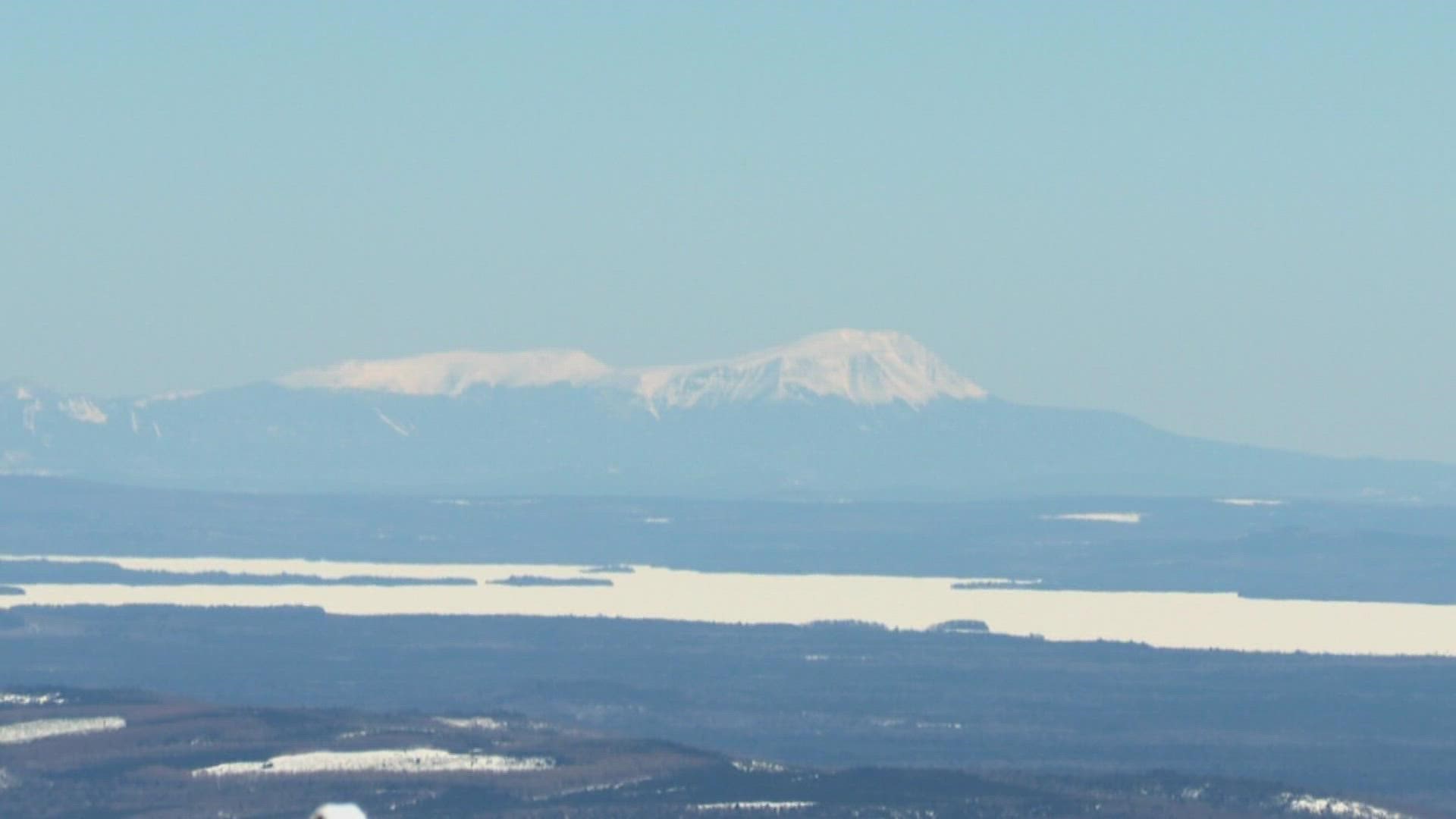MAINE, USA — Earlier this year, the National Oceanic and Atmospheric Administration issued a new set of climate “normals” for specific sites across the country. Portland and several locations across Maine made this list as they are climate collection sites for the National Weather Service.
The term "normal" is relative to its time in history. During the last ice age, temps below freezing would be “normal” in meteorological terms. For scientists, “normal” refers to an average of the previous 30 years. Every decade we adjust or slide the "normal" parameters to reflect the last 30 years. And that just happened in 2020.
Chris Kimble, a meteorologist at the National Weather Service in Gray, explained the reasoning behind the 30-year normal:
“You can think of it as if you speak to the average middle-aged person who’s lived here their whole life and you ask them what’s the weather like around here. They’re roughly referencing the last 30 years of experience to reference what the weather is like, and that’s how we use the 30-year normal period.”
Kimble also specializes in climate and explained why there are some distinct differences in the previous 30-year normal to the current data.
“The overall difference between the old normals and new normals was that temperatures went up, overall precipitation also went up, and snowfall went up," Kimble said.
An increase in snowfall took many by surprise because the recent perception of those living along the coast, is that winters aren’t as snowy as decades before. Kimble explains why: “It just so happens that the 1980s were a little cool, and also a little bit drier and less snowy. So when we lost that [decade] out of the record we're looking at for the normals and then added the 2010s which were warmer but snowier, that changed the averages by a little bit."
In further detail, Kimble explained, when you compare the 1980s and 2010s to the new normal value, the 1980s were 1.4 degrees colder and 10.7 inches less snowy. Meanwhile, the 2010s were 0.2 degrees warmer and 8.3 inches snowier. Therefore the change in normals is being driven mostly by the fact that the 80s were so cold rather than that the 2010s were so warm in Portland. This fits the broader global trend which saw more rapid warming from the 1970s to 1990s and a much slower warming or flattening after about 1998-2001.
As Maine relies on winter tourism, Warning Coordination Meteorologist Donald Dumont, also at the NWS Gray, touched on how snowfall in different parts of the state may be changing. While preliminary, some short-term trends have been noticed about winter precipitation in the state's interior.
"There’s definitely been a big bump up in not only snowfall but winter precipitation for further inland in Maine," Dumont explained. "Now it’s a short-term trend, it could flip, so we’re not going to say anything, but especially the last decade, the average precipitation in the winter months in the interior has been increasing, so that equals more snow on the ground and a deeper snowpack."
That bodes well for Maine’s snowmobiling industry, which has experienced a steady increase in non-resident registrations since the late 1990s and recorded its second-highest non-resident registration number last season. This data, provided to NEWS CENTER Maine by the Maine Snowmobile Association, is not surprising given that rising temperatures globally are having more of an impact on areas outside the state. Decreasing average snowfalls have been reported in Providence, Rhode Island, New York City, and Washington DC, where average snowfalls are now less than 30 inches a year and less than 15 inches in DC.
“It’s already starting to be seen that maybe the average snowfall around Portland, definitely being further south in the Mid-Atlantic region, we just have the advantage that three or four degrees we can take and still get a lot of snow,” Dumont said.
While the increasing temperature trend for Portland, Rangeley, and Caribou is apparent, our average snowfall depth, a key variable for our snow sports industry, tells the story that only Maine can tell. While winters are inherently variable, the overall snowfall depth has only dropped slightly in Portland over the last 70 years, Caribou has remained steady, and Rangeley has increased in the last 40 years. A changing climate that highlights Maine’s unique position to keep winter steadily entrenched in our way of life.

